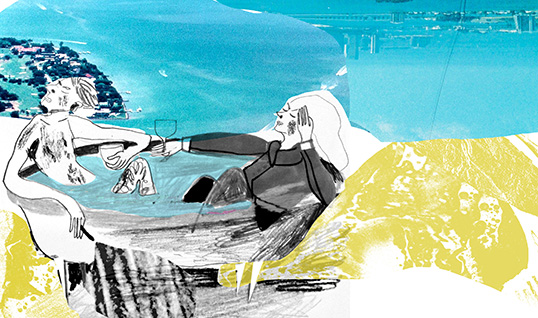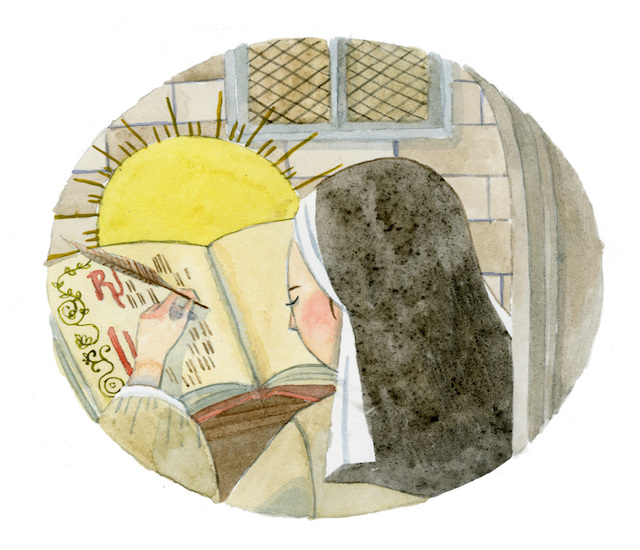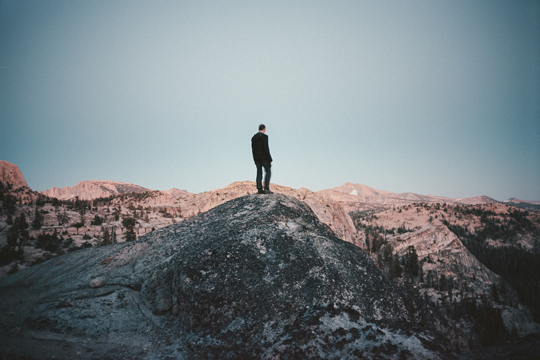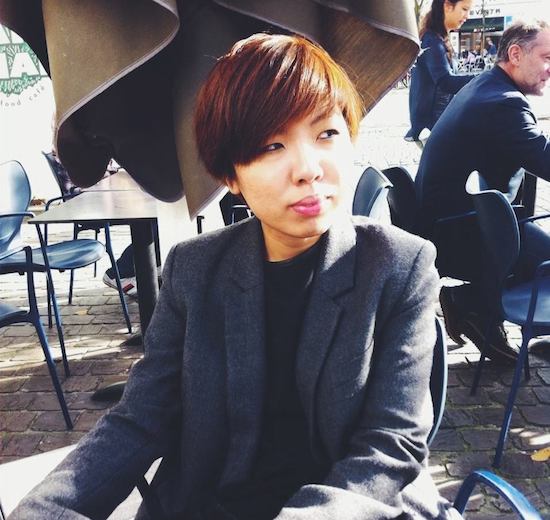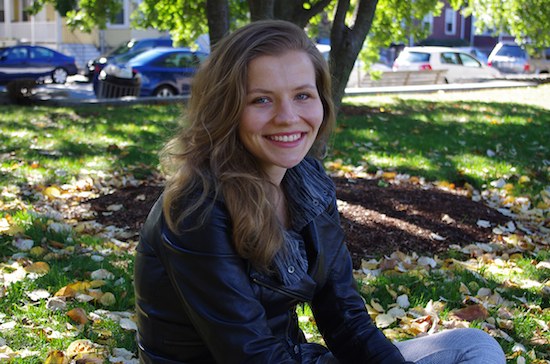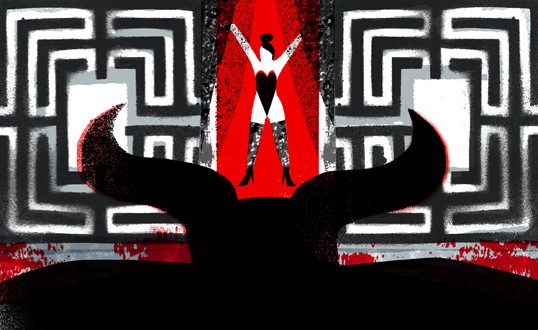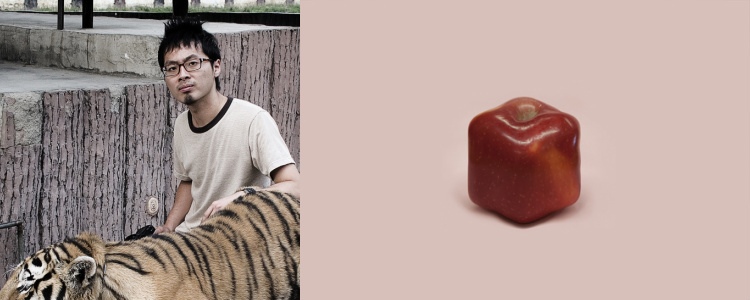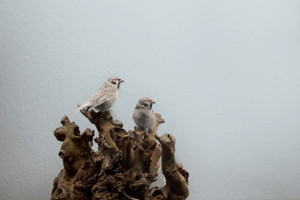Illustrator Andrea Popyordanova is Asymptote’s guest artist for the July 2016 issue. Her beautiful collages reimagined scenes from thirteen texts in our Fiction, Nonfiction, Drama, Writers on Writers, and Multilingual Writing Feature sections. Guest Artist Liaison Berny Tan interviewed her about contributing to Asymptote and how she develops her unique imagery.
Berny Tan (BT): The illustrations you created for Asymptote have this wonderful effortlessness about them, even when they’re composed of so many elements within a single frame. Could you take us through your process of conceiving and executing each piece?
Andrea Popyordanova (AP): I usually look at the most powerful descriptions in each text. I trust my intuition—if I vividly remember a particular expression or moment in a text, I visualize that. I start by composing the image in color, and then lay down the details that complete the whole. It’s all very quick, all about recreating a feeling or a striking image in my head. There isn’t really a process; it’s more of trying things until there is an image that works.
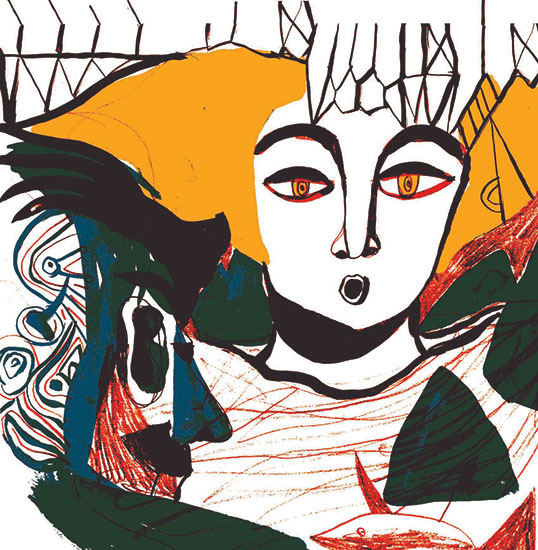
BT: You have a great way of visually setting a scene that feels almost like a memory of the narrative itself. In your editorial work, what are the challenges of balancing image and text, especially when you have to capture the text in a static image?
AP: I try to be slightly more analytical. I focus on the point of the text, and emphasize or extend it with my piece. An illustration in a magazine functions as a highlight of what the illustrator thinks is important in the text. I also try to figure out what’s appropriate for the readers of the article, and to match the style of my work to the publication.

